
Otter
Otter
Otter
Do you know an animal called an otter with a cute face that is a member of the weasel family? Many people may have actually seen otters because they are often seen on social networking sites and TV programs, and because they are kept in many zoos and aquariums, and many people may like otters. Let's take a sneak peek at what characteristics and secrets otters have in this article!
Otter Basic Infomation
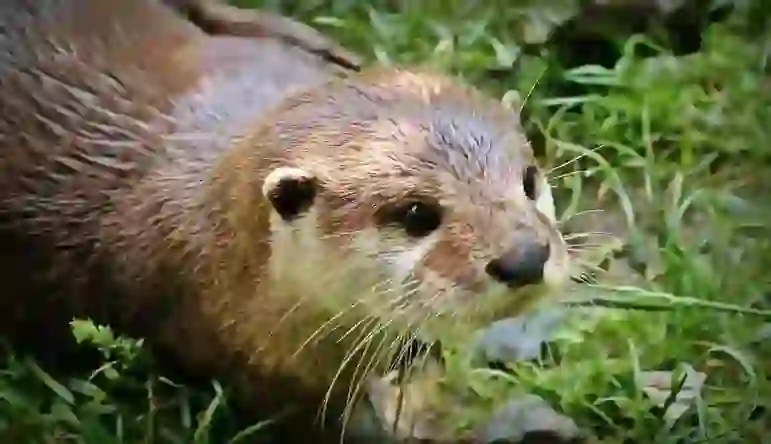
Mammalia-Carnivora-Mustelidae.
Asian small-clawed otter. Length:41~64cm. Weight:2.7~5.4Kg.
As the name suggests, the asian small-clawed otter is a type of otter that has very small claws on its fingertips.They live in a wide range of habitats from India, Sri Lanka, China to Southeast Asia, preferring the waterfront and living near rivers.
The otter is a member of the mustelidae, but it is the only amphibious animal in the mustelidae that can move freely in water, just like on land.
In the wild asian small-clawed otters basically live in packs of about 10 to 15 otters.There is no fixed breeding season, and they reach sexual maturity about one to one and a half years after birth, giving birth to one to six children at a time after a gestation period of about 60 days. The whole family raises the child, but the father is especially enthusiastic about raising the child.
Otters are carnivorous animals that eat fish, crustaceans, shellfish, frogs, insects, small animals, and anything else they can get their hands on.Otters also have very sharp teeth, so they can chew up and eat crab and shellfish shells.
Otter Q&A

What is the origin of the otter's name?
In fact, otters are called "kawauso" in Japanese.
In this article, I will explain why otters are called "kawauso" in Japanese. Here is an introduction to its origin.
According to the dictionary "Wamyo Ruijusho" written in the middle of the Heian period in Japan, otters were called "woso" at that time.
It is thought that the word "woso" that lives in the river was changed to "kawauso" at some point.
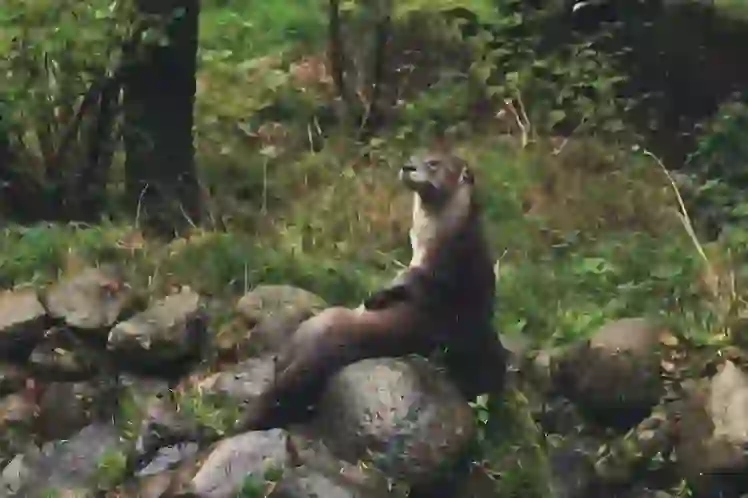
Is it true that there used to be otters in Japan?
It's true.
In Japan today, otters can only be seen in zoos and aquariums, but in the past, wild otters called "japanese otters" used to live in Japan.
The japanese otter lived in a wide area from Hokkaido to Kyushu, and was a very common animal that could be seen in rivers.
However, in the Meiji era (1868-1912), many otters were caught for their fur and livers, and with the development of rivers and forests, the number of places where otters could live decreased, and the number of otters quickly decreased.
And after being witnessed in Kochi Prefecture in 1979, there were no reliable eyewitness accounts. Then, in 2012, it was designated as an extinct species by the "Ministry of the Environment".
Incidentally, the Japanese otter is said to be a subspecies of the Eurasian otter or an independent species endemic to Japan, but so far there is no clear answer as to which is correct.
There is also a subspecies of Japanese otter, and it is thought that the population that lived south of Honshu and the population that lived in Hokkaido may be different subspecies.

Is it true that Kappa's model is an otter?
To begin with, kappa is one of the well-known yokai in Japan, and this otter was actually the model for kappa, wasn't it? There is a theory that this is the case.
※The otter here refers to the japanese otter that I introduced earlier.
In the past, japanese otters were very familiar animals that could be seen anywhere along the river.Perhaps it would not have been surprising for the Japanese of the time to mistake otters, which could swim freely in the river and sometimes stand up with their tails as support, for a kappa-like specter.
Incidentally, in the Japanese dictionary of the Muromachi period in Japan "Kagakushu" there is a description that says, "otters grow old and become kappa".
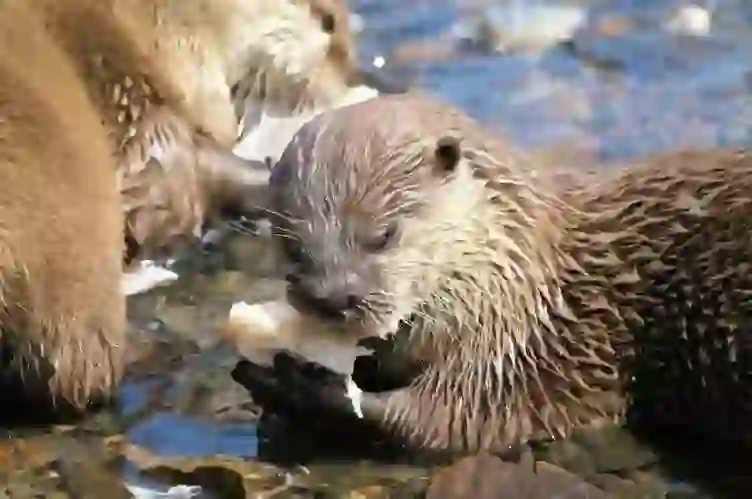
What kind of personality is an otter?
Otters are basically very curious, active, and playful individuals. They are very curious, so depending on how they are raised, they tend to be easy to get attached to people.
Otters are very dexterous with their forelimbs, so they often play by grabbing things well and spinning them around. They also like to play by biting on things, but their chewing power is very strong, so if they do get bitten, they can get seriously injured.
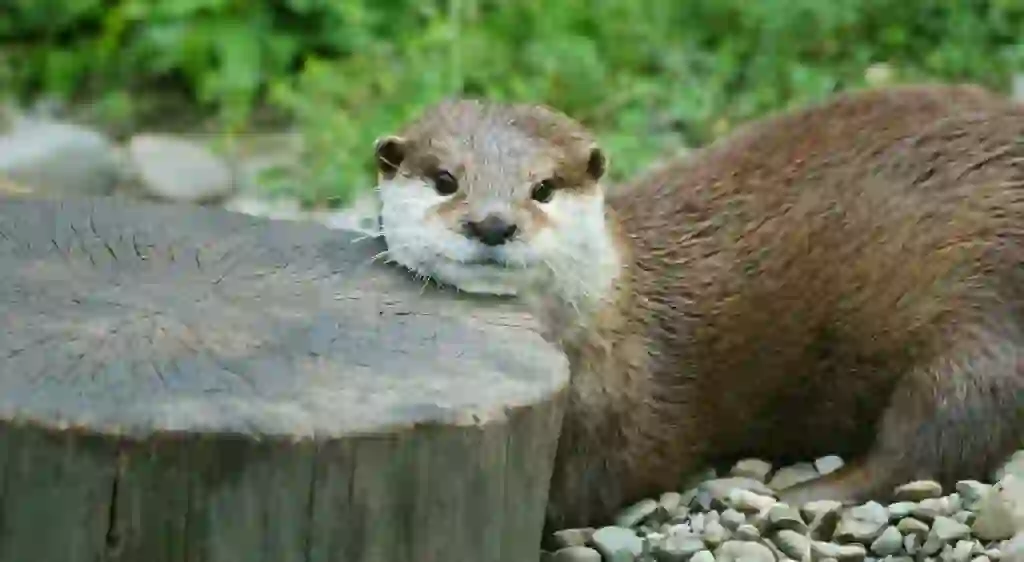
Can an otter be kept as a pet?
When I look at social networking sites and TV programs, I sometimes see people keeping otters as pets. So is it okay to keep otters as pets?
In fact, just a few years ago, there were no legal restrictions, and otters were an animal that anyone could keep as a pet.However, at an international conference of the Washington Convention held in August 2019, it was decided that the "asian small-clawed otter" which was particularly popular as a pet, would be listed in "AppendixⅠ" of the Washington Convention.
Therefore, it is currently not possible to buy or have a kotsume asian small-clawed otter given to you for the purpose of keeping it as a pet.
※It may be a little difficult to explain, but if an animal is listed in "AppendixⅠ" of the Washington Convention, it will not be possible to purchase animals from overseas for commercial purposes.
Even if you are lucky enough to keep a asian small-clawed otter it is very difficult to keep a asian small-clawed otter.
First of all, in order to keep asian small-clawed otters which originally live in a vast natural environment, you need a large site and a swimming pool or other water source.
In addition, since asian small-clawed otters are originally animals that live in packs, it is advisable to keep them in multiple groups instead of one.On top of that, you have to prepare a lot of fish to feed every day, clean the pool every day, and also take care not to bother the neighbors with the surprisingly smelly otter-specific smell.
In fact, it is difficult to breed asian small-clawed otters and even though they are described as "breeding individuals," they were actually poached from wild individuals. The truth is that there was no end to the number of stories about this.
Is it really permissible to keep wild animals, not just otters, separated from their families and confined to a small space?
Also, each of us should think carefully about whether it is okay to keep a dog just because it is "cute," "I want to keep it," or "I want to put it on social media.
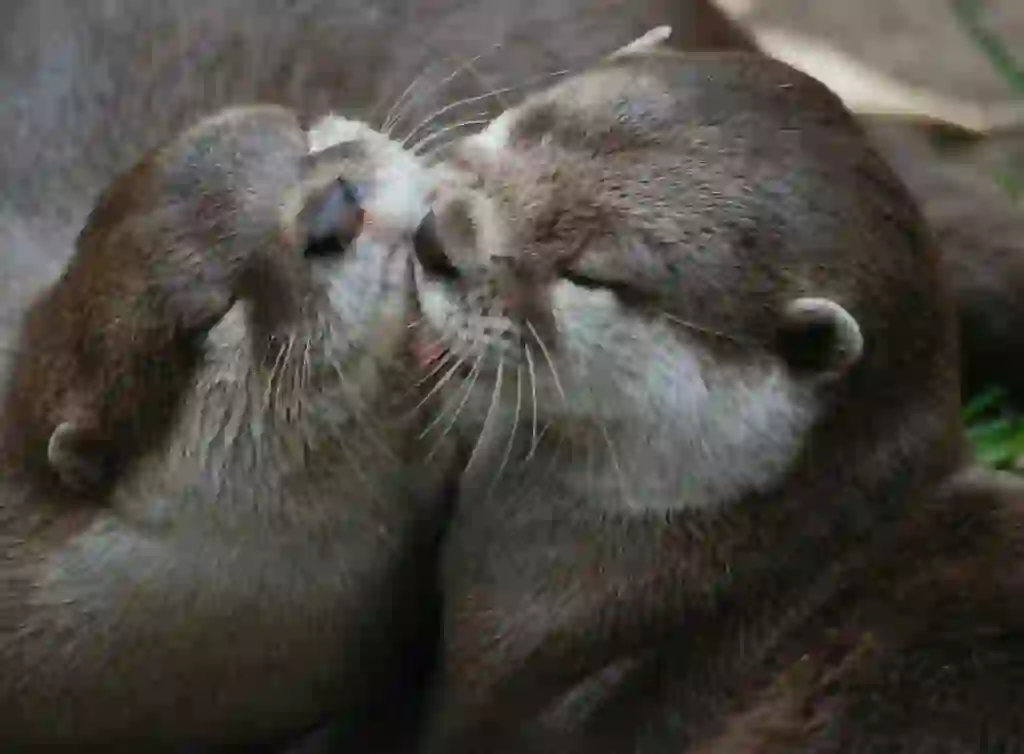
What do otters in zoos and aquariums eat?
In the wild otters are animals that eat everything they can get their hands on, including crustaceans and fish.Since it is difficult to reproduce what wild otters eat, zoos and aquariums sometimes feed them meat such as bird scissors, fish such as horse mackerel, pond smelt, rainbow trout, and ayu, as well as cat food and ferret food in some cases.
The reason why we feed cat food is because otters tend to be prone to a disease called "urinary tract stones".The idea is to reduce the possibility of otters getting sick as much as possible by feeding cat food that has the effect of preventing urinary tract stones.
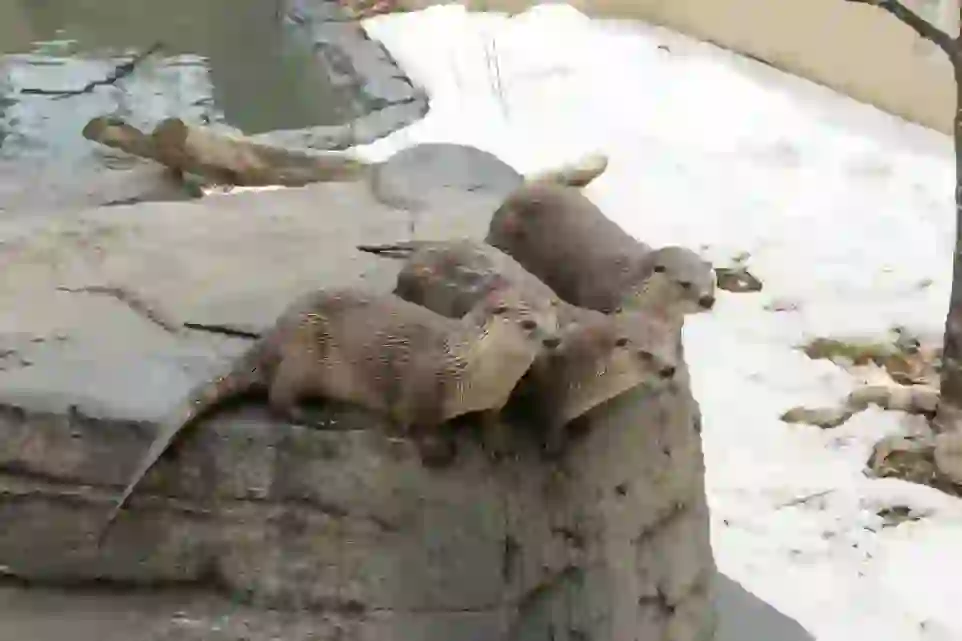
How good are otters at swimming?
Otters are good swimmers and their bodies hold a lot of secrets for spending time in the water. First of all, the body of an otter is very supple and streamlined, which is advantageous for swimming quickly without being resisted by water.
Otter fur also has a double-layered structure, which allows air to be contained between the skin and the hair.Thanks to the contained air, the skin does not touch the water even in cold water, so it does not lose its body heat, and the air acts like a floatation ring, so you can swim around freely in the water.
There is also a water scratch between the fingers.
And in the water, you can also plug your ears and nostrils.
In addition, the long tail can be used dexterously to add propulsion and balance when swimming.
Thanks to these mechanisms, otters can swim freely in cold water and dive for six to eight minutes to catch animals for food.
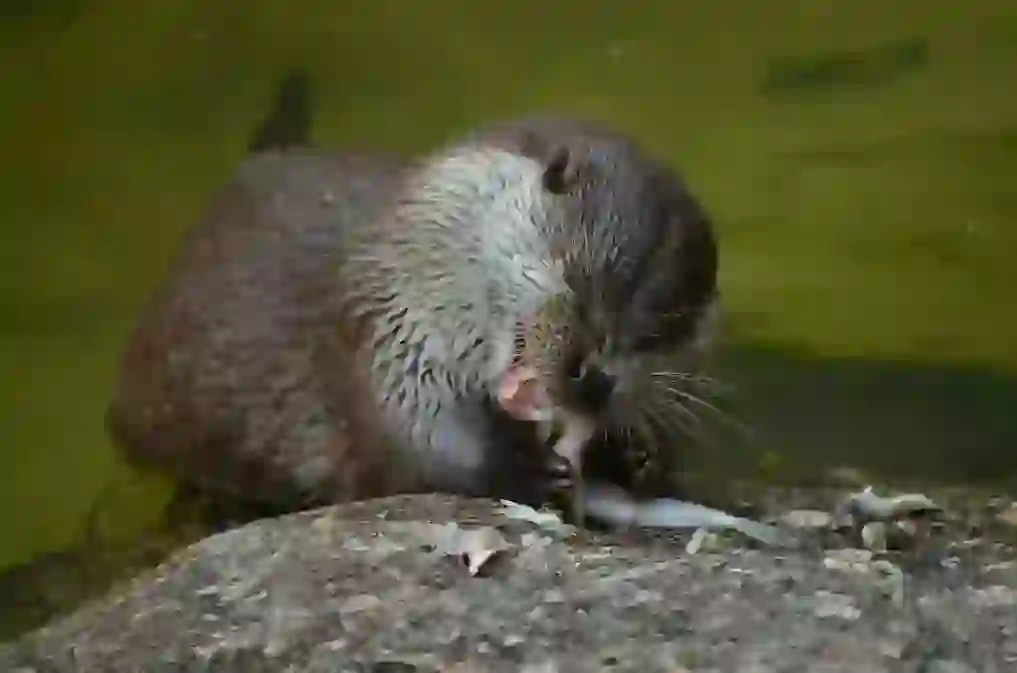
How long do otters live?
The lifespan of otters is thought to vary greatly depending on the species and habitat. In the case of the well-known asian small-clawed otter its lifespan in the wild is unknown, but it is said to be 10-15 years in captivity.
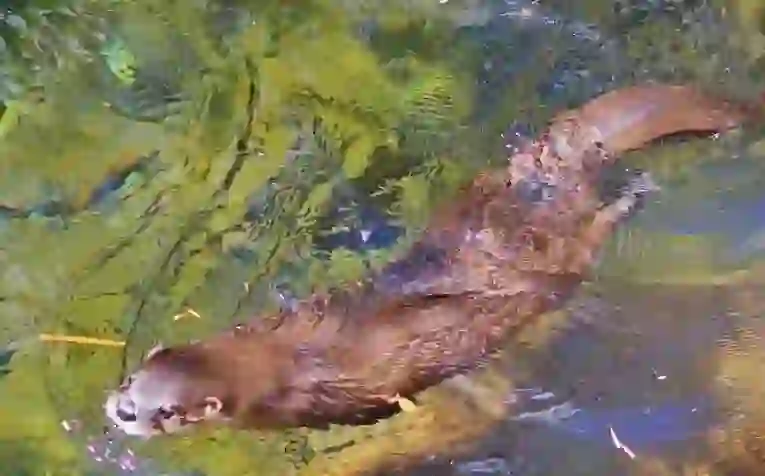
Is it true that there is a very big otter?
It's true. The "giant otter" which lives in South America, is very large, with a maximum length of 2 meters and a weight of 34 kg.If you look at the giant otter in the image of the asian small-clawed otter that you often see on TV, in zoos, and in aquariums, you will be surprised at its size.They are sometimes referred to as "river wolves" because they are strong enough to catch and eat crocodiles.
Giant otters are not bred in zoos or aquariums in Japan, so if you want to see a real giant otter, you have to go to a zoo or aquarium overseas.

Is it true that sea otters are fellows with otters?
It's true. The sea otter is a member of the mustelidae that lives in cold waters around Hokkaido, the Sea of Okhotsk, the Kamchatka Peninsula, the Aleutian Islands, and North America, and the sea otter alone forms the genus sea otter.In fact, otters and sea otters are very closely related animals, and these two species are like relatives in human terms.
Otters and sea otters have diverged their habitats during the course of evolution, and today otters live mainly in rivers and on land, while sea otters live only in the ocean.
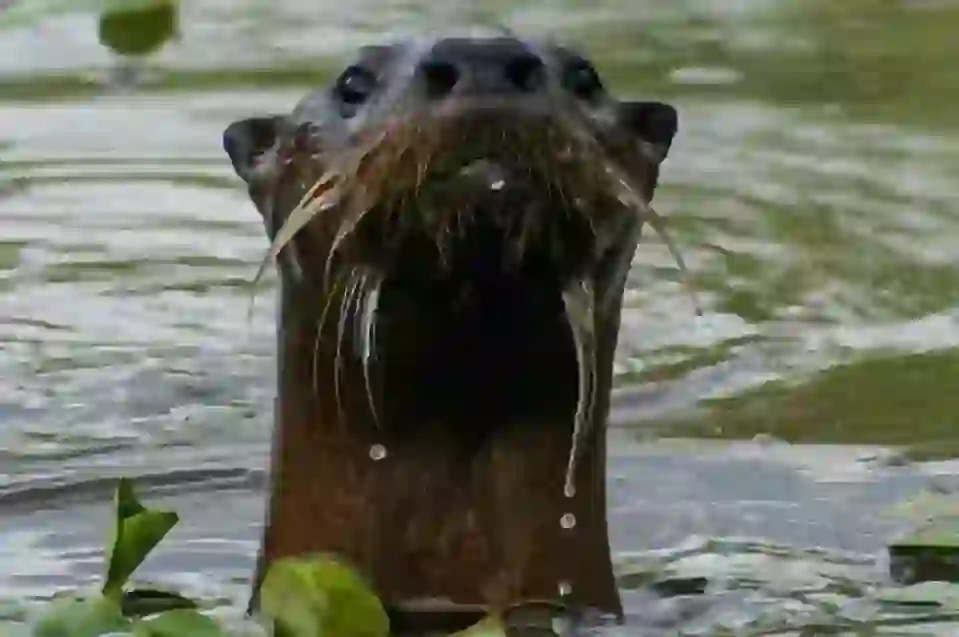
What enemies do otters have?
In the wild, otters have almost no natural enemies, but they are sometimes eaten by carnivores such as crocodiles.
But unfortunately, the otter's biggest enemy is actually us humans.
Otters have been caught all over the world for a long time to get their fur, meat and liver.
Otter fur was used as a luxury item because of its high quality, and was also given in large quantities to soldiers on their way to war because of its resistance to cold and water.
The meat was used for food, and the liver was used as a Chinese herbal medicine to treat diseases such as tuberculosis.
In addition, the development of rivers and oceans has reduced the amount of food in their habitats, and fishermen have disliked them because they eat fish and crustaceans, and they have been exterminated illegally.
For this reason, most otters have lost their population.
In addition, in recent years, poaching for sale as pets and smuggling into Japan and other countries has become a problem.

Would you like to become a part of the 'Animalbook.jp'?
Turn your knowledge into Q&A and share it with the world. ※Publication will be activated after purchase. Let's share information together!
Otter Type of List
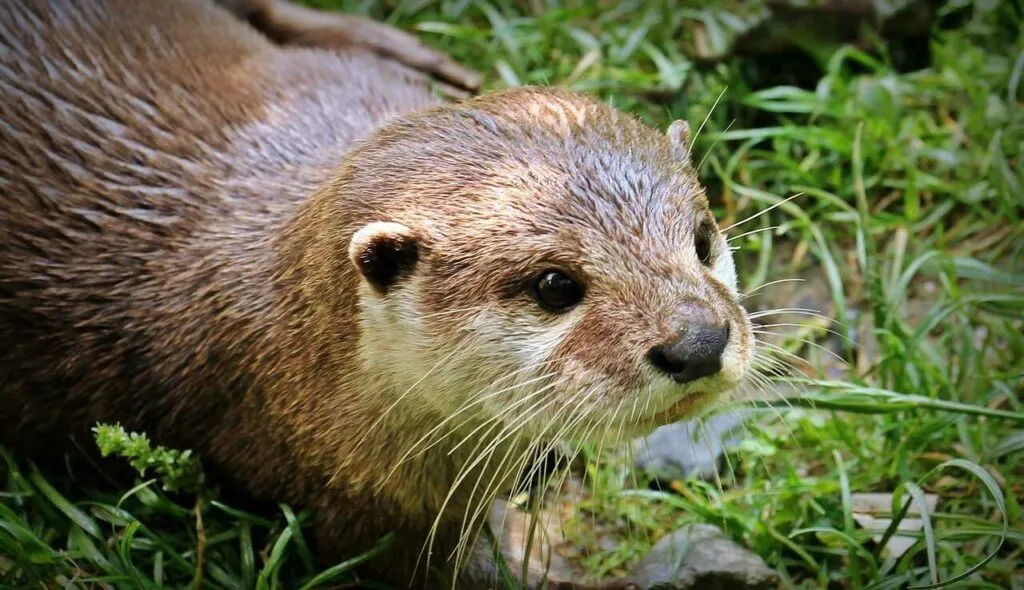
・Giant Otter ・African Clawless Otter ・Asian Small-Clawed Otter ・North American River Otter ・Marine Otter ・Southern River Otter ・Eurasian Otter ・Hairy-Nosed Otter ・Smooth-Coated Otter ・Neotropical Otter ・Spotted-Necked Otter ・Japanese Otter(Extinct) ・Sea Otter
Information
Congratulations! You are the first commenter!

Create Your Favorite List!
Otter
Save the animals you love! Build your own list to quickly revisit your favorites later.

Would you like to leave a comment?
※Please note: This is for the purchase of rights to post comments within the article.
Find Your Favorites!
Our shop offers a unique and attractive selection of goods themed around various animals.
Otter References

- D.W.マクドナルド、今泉吉典(1986年)『動物大百科 食肉類』平凡社
- ナショジオニュース「ペットにしていいのか カワウソ人気で密猟が横行」 https://style.nikkei.com/article/DGXMZO52492470S9A121C1000000/
- WWF「コツメカワウソがワシントン条約で取引禁止!」 https://www.wwf.or.jp/activities/opinion/4070.html
- ときわ動物園「6月3日 カワウソって何食べるの?」 https://www.tokiwapark.jp/zoo/staffblog/diary/post-55.html
- 生物情報 収集・提供システム いきものログ「ニホンカワウソ(本州以南個体群) Lutra lutra nippon」 https://ikilog.biodic.go.jp/Rdb/zukan?_action=rn004
- 朝日新聞デジタル「(あのとき・それから)1979年 ニホンカワウソ最後の目撃 乱獲で激減、保護の機運もなく」 https://www.asahi.com/articles/DA3S13402721.html
- 海遊館「ブログ「海遊館日記」 世界カワウソの日によせて」 https://www.kaiyukan.com/connect/blog/2020/05/post-1924.html
- 札幌市円山動物園「コツメカワウソ」 https://www.city.sapporo.jp/zoo/b_f/b_25/db2449.html
- 福岡市動物園「コツメカワウソ」 https://zoo.city.fukuoka.lg.jp/animals/detail/140
- 伊豆シャボテン動物公園「人気動物「コツメカワウソ」が仲間入り!」 http://shaboten.co.jp/wp/wp-content/uploads/2016/06/44f130a229e331e93526c8a126ef8758.pdf
- サンシャイン水族館「コツメカワウソの生態と魅力がわかる「カワウソたちの水辺」へ! https://sunshinecity.jp/aquarium/animals/kawauso.html
- 山梨学院リポジトリ「河童の姿を追って」 https://ygu.repo.nii.ac.jp/?action=pages_view_main&active_action=repository_view_main_item_detail&item_id=2139&item_no=1&page_id=4&block_id=82
Otter Introduction of media used

出典:https://pixabay.com/images/id-1438381/

出典:https://pixabay.com/images/id-768552/

出典:https://pixabay.com/images/id-3248028/

出典:https://pixabay.com/images/id-3985447/
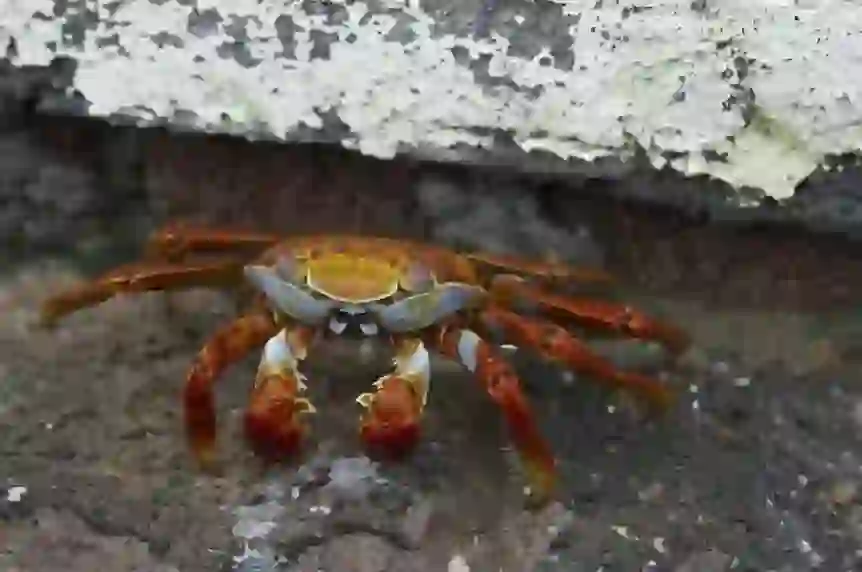
food
出典:https://pixabay.com/images/id-3232829/

出典:https://pixabay.com/images/id-4444711/

出典:https://pixabay.com/images/id-342174/

出典:https://pixabay.com/images/id-4247912/

出典:https://pixabay.com/images/id-365372/

出典:https://pixabay.com/images/id-278401/

出典:https://pixabay.com/images/id-3748892/

出典:https://unsplash.com/photos/6JdjK31qrzc
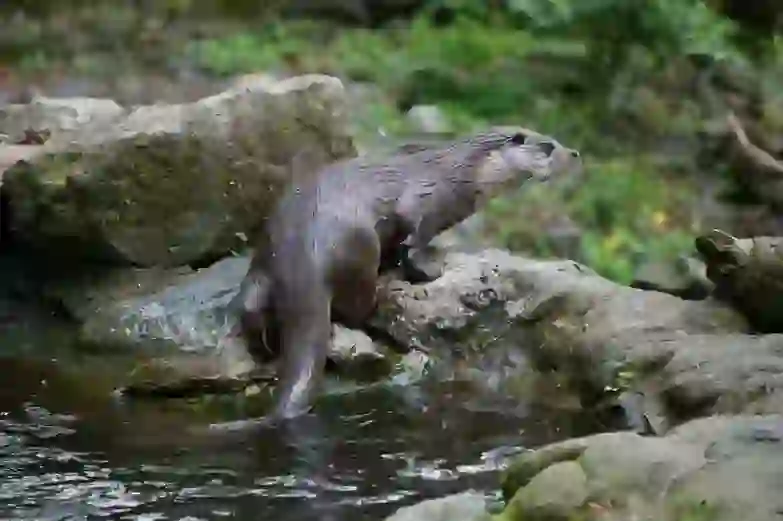
出典:https://pixabay.com/images/id-4488621/
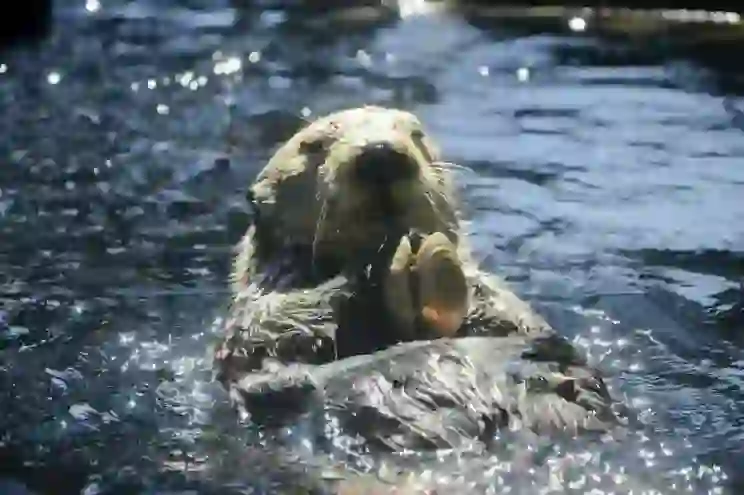
similar
出典:https://pixabay.com/images/id-2036166/

enemy
出典:https://pixabay.com/images/id-5050077/

Help Enrich Our Animalbook.jp with Your Media!
We are constantly looking to expand and enrich our Animalbook.jp with amazing photos and videos of animals. If you have any media that you'd like to share, please contribute and help us showcase the beauty and diversity of the animal kingdom. Your submissions will be credited and featured in our encyclopedia, reaching a wide audience of animal lovers.


















